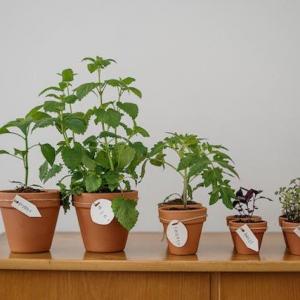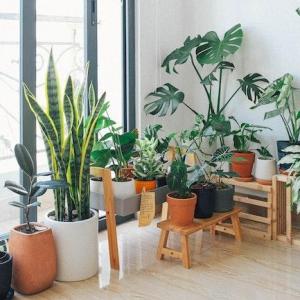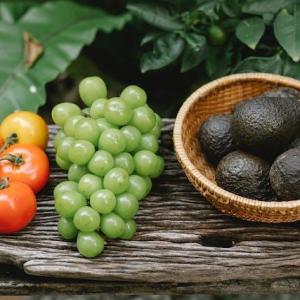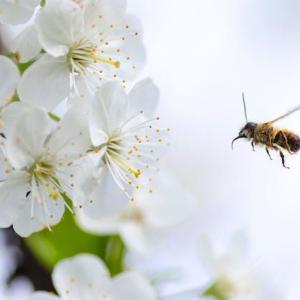
Historical Roots of Seed Saving:
The tradition of saving seeds dates back thousands of years, with communities around the world relying on this practice for food security and agricultural sustainability. Farmers carefully selected and saved seeds from the healthiest and most productive plants, passing down this invaluable knowledge through generations. The resulting crop diversity not only adapted to local climates but also formed the foundation for resilient and sustainable agriculture.As industrialized agriculture gained prominence, traditional seed-saving practices diminished, replaced by commercially produced and often genetically modified seeds. However, in recent years, there has been a resurgence of interest in seed saving as individuals and communities recognize the importance of preserving diverse plant varieties for future generations.
Environmental Benefits of Seed Saving:
1. Preserving Biodiversity: Seed saving is a potent tool for preserving biodiversity in your garden. By cultivating and saving seeds from various plant varieties, you contribute to the diversity of the plant gene pool. This diversity enhances the resilience of your garden, making it less susceptible to pests, diseases, and adverse weather conditions. 2. Adapting to Local Conditions: Locally saved seeds are naturally adapted to the specific conditions of your garden, including soil type, climate, and pests. Over time, these seeds evolve to thrive in their local environment, resulting in plants that are better equipped to withstand regional challenges. This adaptation is a key element of sustainable agriculture, reducing the need for external inputs and enhancing the overall health of the ecosystem.3. Preserving Heirloom Varieties: Many commercially available seeds are hybrids designed for uniformity and high yield, often at the expense of flavor and nutritional value. Saving seeds helps gardeners keep special kinds of plants called heirlooms. Heirlooms have unique flavors and come from older generations, carrying stories and cultural history.
Practical Insights for Seed Saving:
1. Selecting Seeds for Saving: Choose seeds from open-pollinated plants, as these will produce offspring with consistent traits. Avoid seeds from hybrid plants, as they may not "breed true," resulting in unpredictable characteristics in the next generation. Identify healthy, vigorous plants with desirable traits for seed saving.2. Harvesting and Processing Seeds: Allow seeds to fully mature on the plant before harvesting. This ensures that they have reached their full genetic potential. After harvesting, clean and dry the seeds thoroughly to prevent mold and ensure longevity. Keep seeds in a cool and dry spot, like a sealed container. Don't forget to put the plant name and when you gathered the seeds on the label.
3. Isolating Plants for Purity: To maintain the purity of certain plant varieties, especially those prone to cross-pollination, consider isolating them from other related plants. Use physical barriers, such as bags or cages, to prevent unwanted pollen transfer. This is crucial for preserving the distinct characteristics of specific varieties.
4. Engaging in Seed Exchanges: Participate in local or online seed exchanges to diversify your seed collection. Exchanging seeds with fellow gardeners not only introduces new varieties to your garden but also contributes to the larger movement of preserving and sharing seeds globally.
5. Educating and Community Involvement: Share your seed-saving knowledge with friends, neighbors, and community members. Organize workshops or participate in community gardening events to promote the importance of seed saving. Building a network of seed savers strengthens the collective effort to preserve biodiversity and sustainable agriculture practices.
Conclusion:
In the face of climate change, loss of biodiversity, and the homogenization of agricultural practices, the art of seed saving emerges as a powerful and accessible means for individuals to contribute to a more sustainable future. By embracing this ancient practice, gardeners not only cultivate diverse and resilient ecosystems in their backyard but also play a vital role in preserving the genetic richness of our planet.As we navigate an era where the choices we make in our gardens ripple through the broader ecological landscape, seed saving becomes a small yet impactful act of environmental stewardship. Through the simple act of saving seeds, individuals can contribute to a more resilient and biodiverse world—one garden at a time. Saving seeds isn't just about growing plants; it's a promise to keep the diverse web of life that helps us thrive.
Article
Be the first comment
Elite Article














